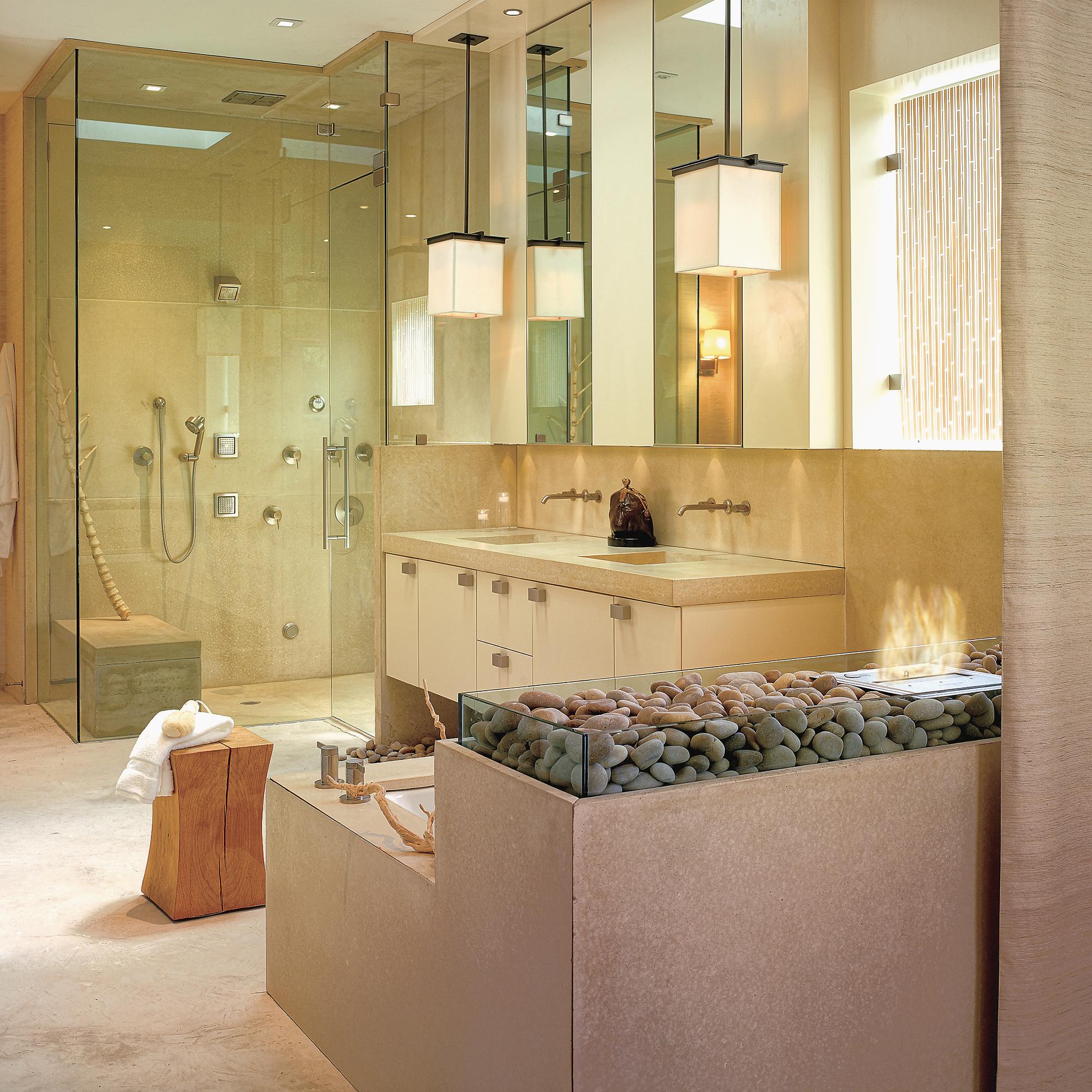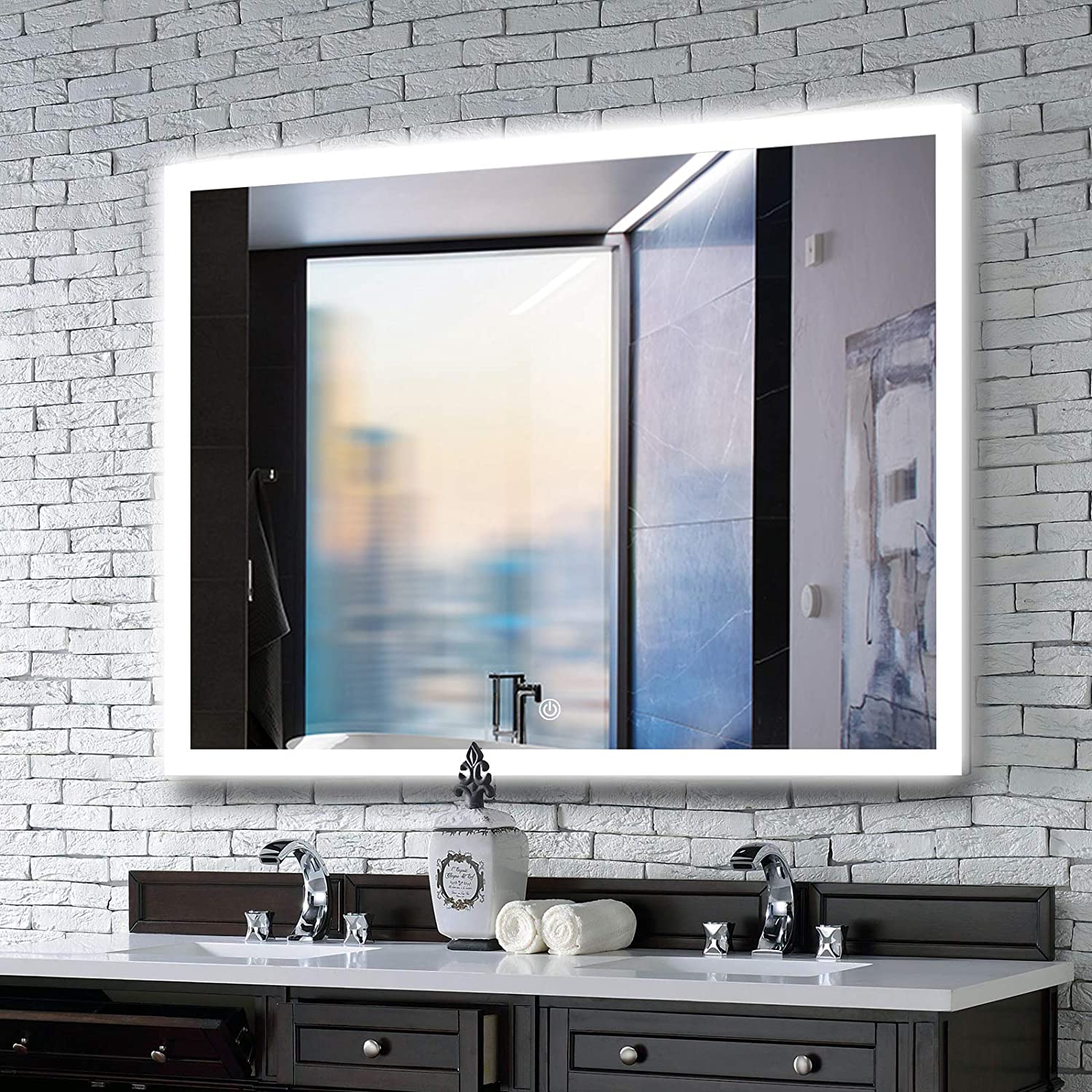Lighting Requirements for Bathrooms: Do You Need Special Lights For Bathrooms

Bathrooms have unique lighting needs due to the presence of moisture and the need for good visibility. The high humidity levels in bathrooms can damage ordinary light fixtures, so it’s essential to use waterproof and vapor-proof fixtures.
When choosing bathroom lighting, it’s important to consider the wattage and color temperature. Wattage determines the brightness of the light, while color temperature refers to the warmth or coolness of the light. For general bathroom lighting, a wattage of 60-100 watts is typically sufficient. As for color temperature, a warm white light (2700-3000K) is often preferred in bathrooms as it creates a more relaxing and inviting atmosphere.
Types of Bathroom Lighting

Do you need special lights for bathrooms – Bathroom lighting plays a crucial role in creating a functional and aesthetically pleasing space. To achieve optimal illumination, it’s essential to combine different types of lighting fixtures that cater to specific tasks and areas.
Overhead Lighting
Overhead lighting provides general illumination for the entire bathroom. It’s typically installed in the center of the ceiling and can be recessed, semi-flush, or pendant. Recessed lighting offers a sleek, minimalist look, while semi-flush and pendant fixtures add a touch of style and character.
Vanity Lighting
Vanity lighting illuminates the area around the mirror, providing task lighting for grooming and makeup application. It can be installed above the mirror, on either side, or a combination of both. Vanity lighting fixtures come in various styles, including sconces, bars, and pendants.
Accent Lighting
Accent lighting highlights specific areas or features in the bathroom, such as a shower, bathtub, or artwork. It can be used to create a focal point or enhance the ambiance. Accent lighting fixtures include recessed lights, track lighting, and under-cabinet lighting.
Task Lighting
Task lighting provides focused illumination for specific tasks, such as reading or applying makeup. It can be installed near the toilet, shower, or bathtub. Task lighting fixtures include reading lamps, wall-mounted sconces, and magnifying mirrors.
Combining Different Types of Lighting
To achieve optimal illumination in the bathroom, combine different types of lighting fixtures to cater to specific tasks and areas. Overhead lighting provides general illumination, while vanity lighting focuses on the mirror area. Accent lighting highlights features and creates ambiance, and task lighting provides focused illumination for specific tasks.
Special Considerations for Bathrooms

Bathrooms pose unique lighting challenges due to their specific features and functional requirements. Understanding these considerations is crucial for creating well-lit, safe, and aesthetically pleasing spaces.
Special attention should be paid to areas such as mirrors and vanities, showers and bathtubs, and small or windowless bathrooms.
Mirrors and Vanities
Mirrors are essential in bathrooms, and proper lighting is crucial for clear visibility and accurate grooming. Task lighting, such as wall-mounted fixtures or adjustable vanity lights, should be placed on either side of the mirror to provide even illumination without creating shadows or glare.
Showers and Bathtubs, Do you need special lights for bathrooms
Bathrooms with showers or bathtubs require moisture-resistant lighting fixtures to ensure safety and prevent electrical hazards. Recessed lighting or waterproof wall sconces are suitable options, providing ample illumination while maintaining a sleek and modern aesthetic.
Small or Windowless Bathrooms
Small or windowless bathrooms often lack natural light, making artificial lighting essential. Choose fixtures that emit bright, diffused light to create a spacious and welcoming atmosphere. Consider using wall-mounted lights, ceiling fixtures, or under-cabinet lighting to maximize illumination and minimize shadows.
Incorporating natural light into bathroom design can significantly enhance the ambiance and reduce energy consumption. If possible, position windows or skylights to allow for natural daylight to flood the space, providing a refreshing and invigorating atmosphere.
Bathrooms are often not equipped with the best lighting for applying makeup, which can lead to uneven application and smudging. To avoid these problems, consider installing special bathroom lighting that provides even, diffused light. The best bathroom lighting for putting on makeup will help you see your face clearly and apply your makeup flawlessly.
When choosing bathroom lighting, look for fixtures that emit a bright, even light that will not cast shadows on your face. You may also want to consider installing a dimmer switch so that you can adjust the brightness of the light to suit your needs.
Bathrooms are one of the most important rooms in a home, and the right lighting can make all the difference. Do you need special lights for bathrooms? Yes, you do. The right lighting can help you create a relaxing and inviting space, and it can also help you see better when you’re getting ready in the morning.
If you’re looking for a way to update your bathroom, 2000s interior design is a great place to start. This style is all about clean lines, simple shapes, and neutral colors. It’s a great way to create a modern and sophisticated look in your bathroom.
And don’t forget the lighting! The right lighting can make all the difference in a 2000s-style bathroom.